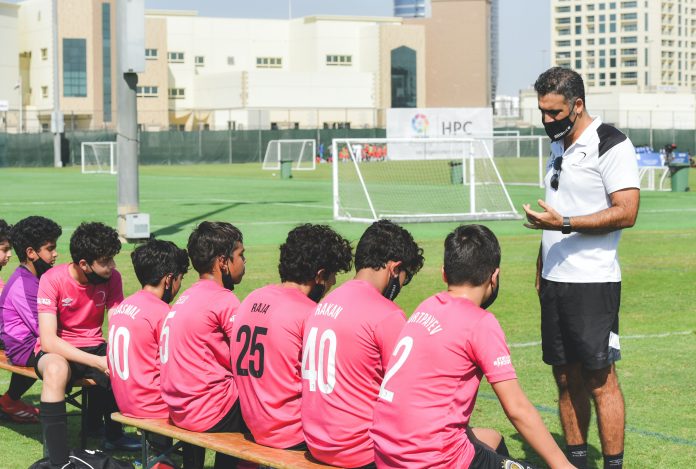Burnout in youth sports is a threat to the physical and mental endurance of young athletes. With young athletes participating in competitive youth sports every year, the threat of physical and mental burnout in young athletes becomes more imminent. Excessive participation in competitive leagues can have long-term effects on children if they drop organized sports after the first 12 years of life, or may give up sports altogether. This worrisome situation is compounded by the increasing competition between youth sports and modern technology, which drives teens to become sedentary, often sitting in front of a computer for hours at a time. Unfortunately, once the young victims of burnout drop out of sports, they rarely return. This alarming plight of modern youth sports can be attributed to the actions of parents and coaches.
Parents who allow their children to play too many sports, or play in multiple leagues for one sport, end up building a trap that will inevitably catch up with their children. These children are often subject to unrealistic time constraints and live almost entirely outside their family vehicle to accommodate their busy schedules. Parents must find a reasonable balance for their children and help them organize their time. Youth coaches can also share responsibility for the dilemma. Coaches who make their practices a chore may cause resentment in their players. Conducting short, exciting, fun practices that teach skills in the form of mental activities can turn practice into a positive experience for young players. If players leave practice unmotivated to show up for the next game, there is a problem.
While burnout is a result of playing too many sports and playing in too many leagues for one sport, the latter condition may pose a greater danger to players. Having kids play in many leagues to utilize their talents often leads to physical injury. Using the same muscles over and over again without different activities can cause problems for a child’s growth platelets. This damage can persist with long-term health problems.
Consider a 12-year-old youth baseball player who plays in two leagues and is a pitcher. Suppose the pitch count slips away from an attentive coach or parent, or the coach sneaks in a few extra innings for a game the team needs to win. If this realistic scenario is repeated enough, then the perfect formula is created for a serious arm injury. When parents are blinded by personal motivations, it is not difficult for them to ignore this outcome. Perhaps parents want to relive their childhood through alternative means. The hope of a college scholarship seven years later may also lead parents down this dangerous path. Some youth players not only play in multiple youth leagues, but in some cases, talented players play for their varsity teams as well. I have seen how high school coaches forget what their players do outside of school. If a talented player pitches in one youth baseball league on Sunday and then in another league he comes in on Monday in relief, as has happened before, I’ve seen coaches start the same pitcher for their varsity team on Tuesday regardless of how many he had pitched the other day. Some parents either don’t give this much thought or are afraid to stir the pot with the all important school team. This is really playing with fire when all leagues have to coordinate the number of pitches. I really believe the responsibility falls primarily on the parents. That’s because they should know exactly how many games, innings and pitches their son is pitching every day. In addition to all the research that reinforces this point, there is an epidemic of physical and mental overuse where parents must use common sense.


